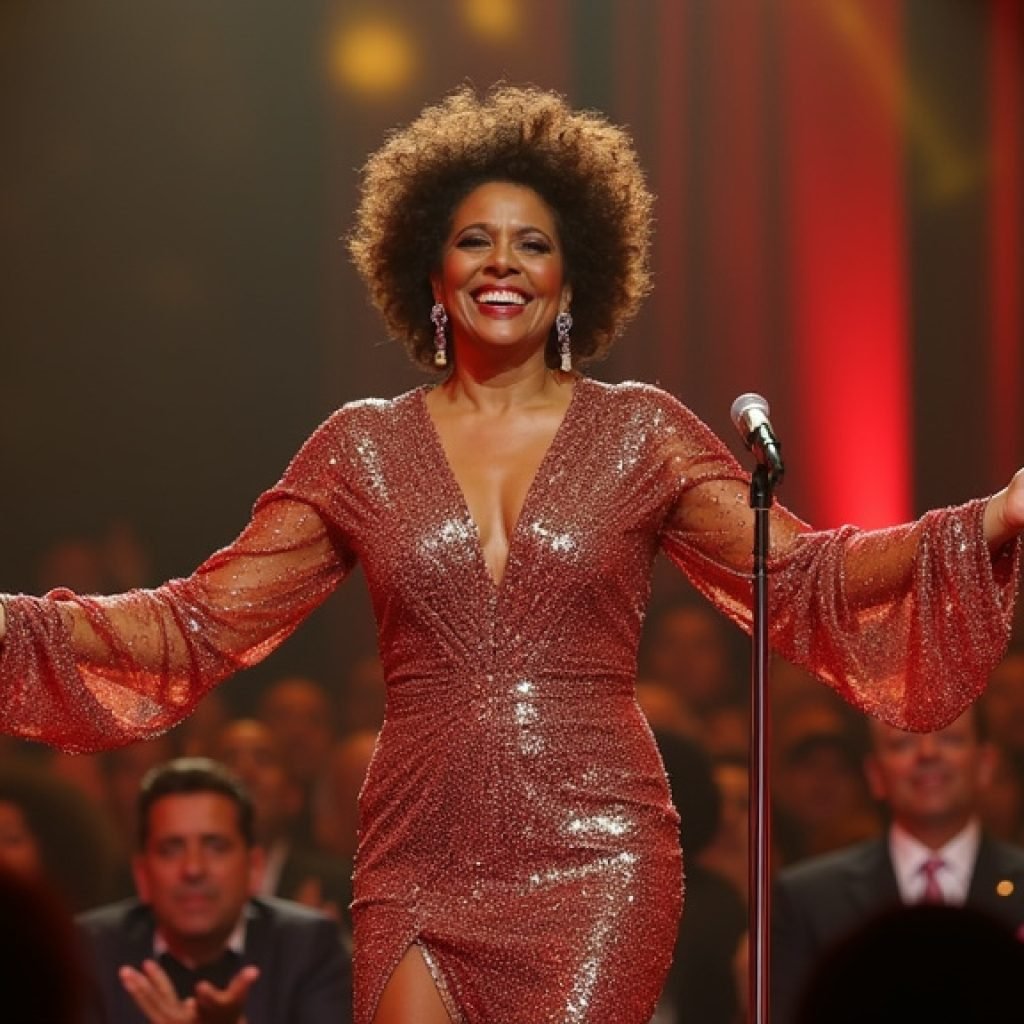The vibrant tapestry of Mexican regional music, encompassing genres like mariachi, banda, and norteño, has achieved unprecedented global dominance, topping charts and filling stadiums worldwide. However, this surge in popularity has also highlighted a persistent imbalance: the historical underrepresentation of women. Now, a new generation of Women Regional Mexican Music is not only demanding their turn but actively reshaping the sonic and thematic landscape of this beloved genre, proving that Women Regional Mexican Music is a force to be reckoned with.
The Global Conquest of Regional Mexican Music and the Rise of Women Artists
Once confined to regional boundaries, Mexican regional music has transformed into a global phenomenon, playing a crucial role in the broader dominance of Latin music. The recent explosion, particularly driven by the subgenre corridos tumbados—a fusion of traditional corrido storytelling with hip-hop and trap influences—has propelled artists like Peso Pluma and Natanael Cano to international stardom. These modern corridos often explore themes of life on both sides of the border, blending cultural narratives with contemporary sounds. Yet, as this genre has ascended, its predominantly male presence has become increasingly conspicuous, underscoring the need for more Women in Regional Mexican Music to share their perspectives and contribute to regional Mexican music trends.
Echoes of a “Macho” Past and the Evolution of Women in Regional Mexican Music
For centuries, Mexican music, including mariachi and traditional corridos, has been deeply entrenched in a “macho” culture, a societal construct emphasizing hyper-masculinity and patriarchal norms. Historically, women were often relegated to passive roles, either as performers in limited capacities or as muses in male-authored narratives. Mariachi, for instance, was almost exclusively an all-male domain until pioneering female groups began challenging this in the mid-20th century. Legends like Selena Quintanilla, who revolutionized Tejano music, and Jenni Rivera, famously dubbed “The First Lady of Corrido,” paved the way by singing about women’s experiences with love, infidelity, and motherhood, directly confronting the male-centric lyrical traditions and paving the way for future Women Regional Mexican Music artists.
New Voices, New Narratives for Women in Regional Mexican Music
Today, artists like Mexican-American singer Becky G, who feels she was instrumental in shaping the recent wave of regional Mexican music, and Majo Aguilar, who emphasizes challenging the notion that being a woman presents an insurmountable obstacle, are at the forefront of this shift. Spanish-born singer Belinda has not only collaborated with prominent male corrido artists but has also developed a new subgenre dubbed “corridos coquette,” which infuses the traditional style with a more feminine and romantic sensibility. This artistic exploration reflects a broader trend: women are intentionally crafting lyrics that center their own experiences, desires, and perspectives on love, heartbreak, and societal expectations. Artists like Eydrey, through popular TikTok series, are reimagining popular corridos from a woman’s point of view, directly challenging the male-dominated narratives of betrayal and revenge and showcasing the evolving role of Women Regional Mexican Music. This is a significant development in the latin music industry.
Carving Space in a Male-Dominated Industry for Women in Regional Mexican Music
Despite the growing momentum, women in the genre still face hurdles. Becky G noted that her initial foray into regional Mexican music was met with hesitation, with many viewing her work as a mere “passion project” due to the lack of established precedent for female global success in these genres. Yet, the music industry is witnessing a tangible shift. All-female mariachi bands, such as Mariachi Divas de Cindy Shea, have achieved Grammy recognition, underscoring the potential for female-led ensembles. The emergence of artists like Ivonne Galaz, who uses her platform to advocate for women’s rights, and Michelle Bi, with her “hot corridos,” illustrates the diverse ways women are asserting their presence and artistic vision within Women Regional Mexican Music. These female corrido artists are vital to the evolution of Women Regional Mexican Music.
The Future is Female-Voiced: Women in Regional Mexican Music
The global ascent of Mexican regional music presents a significant opportunity. Women Regional Mexican Music artists are not just seeking representation; they are actively innovating, infusing the genre with fresh themes and sounds that resonate with a new audience and challenge the deeply ingrained “macho” discourse. The narrative of Mexican regional music is being rewritten, note by note, by the powerful voices of women who are determined to claim their space and lead the future of this vital part of Latin music, positively impacting gender in music. The continued rise of Women Regional Mexican Music promises a richer, more diverse, and more inclusive future for the genre.
.aiseo-related-reading{margin-top:2rem;padding-top:1rem;border-top:1px solid rgba(0,0,0,.08)} .aiseo-related-title{font-size:1.25rem;line-height:1.3;margin:0 0 .5rem} .aiseo-related-list{list-style:disc;margin-left:1.25rem}



























